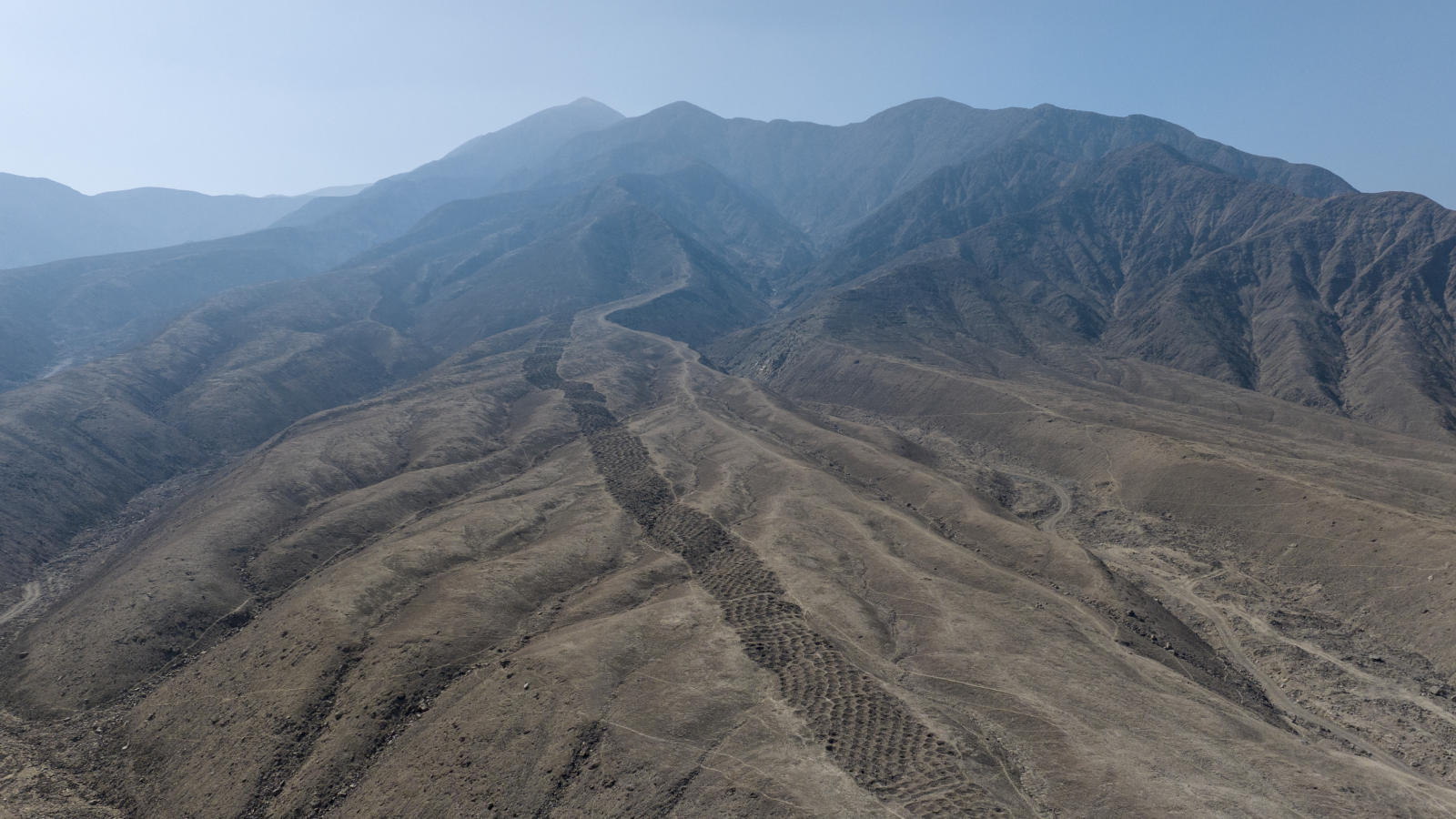Live Jellyfish Cam Offers Stunning Views of Sea Nettles
Bored with all the vertebrates in your wildlife-cam media diet? The Monterey Bay Aquarium in California is now streaming mesmerizing live footage of its jellyfish.
Specifically, the aquarium is showing off Pacific sea nettles, or Chrysaora fuscescens, a species that drifts through the eastern Pacific from Mexico to Canada. You can tune in to the jelly cam every day from 7 a.m. to 6 p.m. PT (10 a.m. to 9 p.m. ET).
Chances are, if you've ever seen a picture of a pink sea nettle against a brilliant blue background, it was probably taken at the Monterey Bay Aquarium. The institution has designed its jellyfish tanks so that the water currents constantly push the ethereal creatures into public view, said Curtis Roman, who works in digital media at the aquarium and helped bring the jelly cam to life.
The Monterey Bay Aquarium already has a popular otter cam, penguin cam and aviary cam, but recently, the aquarium started getting requests for a jellyfish cam. But it was somewhat challenging to replicate the experience of actually being in the aquarium's Open Sea exhibit without sacrificing the quality of the video or inadvertently capturing real-life visitors in the shot, Roman told Live Science. The team eventually figured out a way to hide a camera in the roof and point it down toward the front of the tall tank full of sea nettles. They've also included the ambient audio track that was created specifically for the exhibit.
In addition to tentacles, the Pacific sea nettle has frilly body parts called "mouth-arms" that dangle around the creature's actual mouth. The mouth-arms can stretch up to 15 feet (4.6 meters) long, and they're covered with stinging cells used to hunt prey. The sea nettles at the Monterey Bay Aquarium eat tiny krill, which might not make for the most dynamic shots of feeding time, but you may be able catch them eating on camera if you look closely.
Follow Megan Gannon on Twitter and Google+. Follow us @livescience, Facebook & Google+. Original article on Live Science.
Get the world’s most fascinating discoveries delivered straight to your inbox.

